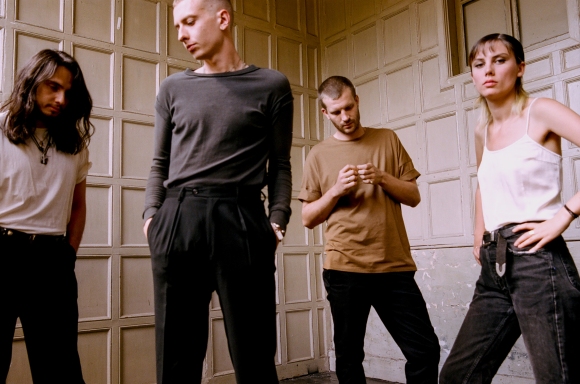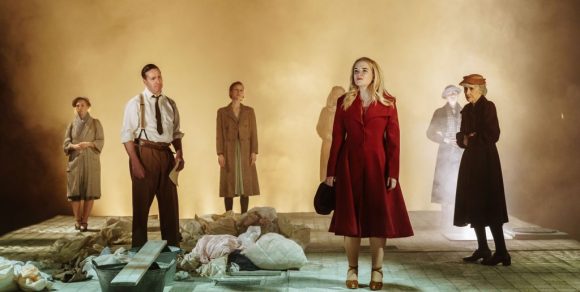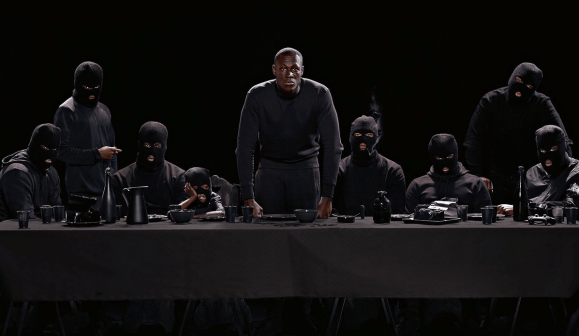On The Road, Michael Winterbottom’s documentary/drama/DVD-of-the-tour, seems to have gone unnoticed even by the most adoring Wolf Alice fans. It’s a shame, as those that worship the enigmatic Rowsell and co. will probably feel most fulfilled by this largely unfulfilling piece of cinema. Structurally, On The Road can be disorientating, frustrating and – most criminally – boring. But amongst the chaos, Winterbottom presents raw snatches of real emotion; beautifully introspective moments that are truly enchanting.
The 2017 “rockumentary” follows Wolf Alice, one of Britain’s most popular alt-rock bands, across 16 nights of their mammoth UK tour. We’re eased into their documented journey through fiction – new “from the management” Estelle (Leah Harvey) joins the tour at Belfast and proceeds to not really do much other than watch the band from the crowd and fall for strapping Scot Joe (James McArdle). Estelle’s fresh eyes allow an intriguing lense with which to view life on the road, but her romcom-esque love story doesn’t quite gel with the spectacle of Wolf Alice on tour. The brief introduction of Joe’s alcoholic mother (a bizarre cameo from the brilliant Shirley Henderson) feels particularly out of place, suggesting that fiction and documentary aren’t the most natural of partners.

The backstage scenes simmer with the charm of both the film’s fictional and real-life characters, and it’s here that Winterbottom really succeeds in showing us an honest depiction of life on road. However, the band’s live performances are often jarringly inserted, and are overused near the film’s conclusion. Wolf Alice’s rousing delivery of ‘Bros’, ‘Giant Peach’ and more are undeniably spectacular, but the patchwork narrative of On The Road makes them feel like irritating delays until the drama starts back up again.
The elusive psyche of Ellie Rowsell proves the most alluring element of the film. She speaks mostly in whispers; she avoids the camera until she’s bathed in a literal spotlight of the stage. Several filmed radio discussions cast light on the draining nature of life on the road, but Wolf Alice are never overtly prodded by Winterbottom’s direction. Instead of a candid documentary-style interviews, Winterbottom offers brief glimpses at real moments: a broken Rowsell asleep on a radio station sofa, or bass player Theo abruptly departing from the final night of the tour. This adds to the great riddle of Wolf Alice, a band well known for their elusive facade, but also puts up frustrating walls where you’d expect a film to shed light.
On The Road is reminiscent of Wolf Alice’s acclaimed debut, My Love Is Cool. Its beauty is undeniable and completely unlike anything you’ve ever experienced before, but its shifting nature results in an unpredictable, uneven experience. Some notes rumble on too long; others we’re begging to hear more of. Winterbottom’s unique blend of genre is like a jigsaw, but too many pieces don’t fit.
⭐⭐⭐
On The Road was released in 2017, certificate 18.
(Thanks to Xavier, for the DVD I finally got round to watching.)










![Does the BBC have its fingers in too many pies? [Image from homemadebyyou.com]](https://www.theedgesusu.co.uk/wp-content/uploads/2016/05/ggbo-300x169.jpg)
!['Nothing's free these days!' [Image from dailymail.com]](https://www.theedgesusu.co.uk/wp-content/uploads/2016/05/iplayer-300x200.jpg)